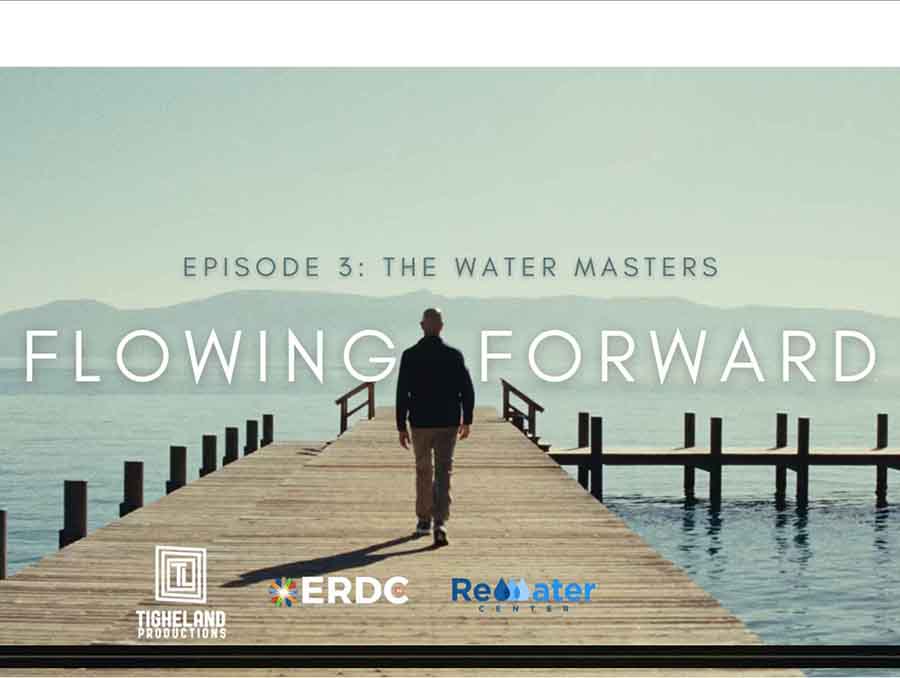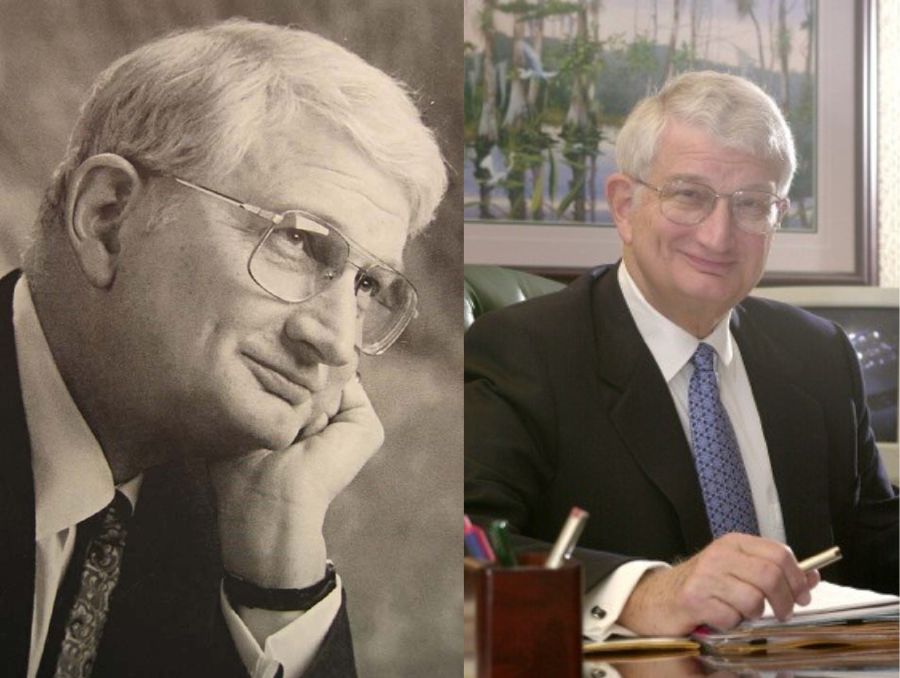It took five years to bring the concept to life: Create a high-definition archeological film that would reach the public through technology and offer a clear, educational message. The documentary would focus on Hidden Cave, a premier archeological site located outside Fallon, Nev., and emphasize its importance as a site used to better understand the indigenous culture.
Formed roughly 21,000 years ago under the waves of Pleistocene Lake Lahontan, Hidden Cave was sealed from access until the indigenous people who lived in the Carson Sink in western Nevada discovered it 3,800-3,500 years ago. Rediscovered in the 20th century, archaeological excavators in the 1940s, 1950s and the late 1970s uncovered a plethora of items stored or "cached" within the depths of Hidden Cave. Tools, weaponry, basketry and food caches were some of the items found and they provided archaeologists with vital clues about desert life in the Great Basin area. Since then, Hidden Cave has become an important cultural site within the Fallon, Nev. community and around the world.
Filmed in 4K Ultra HD, "Hidden Cave" captures the goal of the film by interweaving the cultural perspectives from the descendants of the original inhabitants and archaeological perspectives from world-renowned researchers. The documentary will premiere at 7 p.m., Monday, Oct. 21, in the Wells Fargo Auditorium in the Mathewson-IGT Knowledge Center at the University.
Directed by Mark Gandolfo and produced by Winter Carrera, both from the University of Nevada, Reno, the documentary is a collaborative production between @One Digital Media Technology in the Mathewson-IGT Knowledge Center at the University, Bureau of Land Management (BLM), Churchill County Museum and Nevada Department of Transportation. Location interviews were filmed with archaeologists from the American Museum of Natural History, Nevada State Museum and Far Western Anthropological Group, Inc. Cultural interviews were filmed with Fallon Paiute-Shoshone leadership and members.
"While a cave expedition may sound like a nice outing away from the office for some, it required Mark and our crew to lug 500 pounds of equipment up and down a steep trail in 95-degree heat," Carrera said. "When you get there, the cave is pitch black inside. We brought our studio lighting, hiked a quarter of a mile and then lit the cave in a way we could best capture what takes place inside."
All of the film was shot within a 30-mile radius of where the cave is located. Filmmakers wanted to showcase the diversity of environment that is found in Nevada and mostly unknown to those not living in the area. They felt it established a context for why the cave is there.
"Hidden Cave is a central point where environment, science and culture intersect," Gandolfo said. "People not living in the area don't really know what the landscape is like throughout our state. I wanted to capture this by showing the beauty of the area and its varied landscapes."
The documentary also features archaeologist and curator of North American Archaeology at the American Museum of Natural History in New York City, David Hurst Thomas. Thomas, who did excavations of Hidden Cave in the late 1970s, lends his expertise to the importance of the Hidden Cave discovery.
"The goal of the 'Hidden Cave' video project is to vividly illustrate why Hidden Cave remains such a unique and valuable link to Nevada's deep historical past," Thomas said. "The archeology in Hidden Cave is all about water. That's why it is of such interest. It allows us to understand Native American life going back thousands of years."
The cave's significance is stressed throughout the film by archeologists and Native Americans alike. While archeologists continue to find items that link to the past, members of the Fallon Paiute -Shoshone tribe share the cave's connection to their people.
"It's a humanity issue, in my opinion," Alvin Moyle, chairman, Fallon Paiute-Shoshone Tribe, said. "It's one where it's very important that you talk to the people that were here first. This is the way they lived. They respected everything and there was a sacredness to it. It was something that the creator made for all people - not just our people. For all people."
Hidden Cave is open to the public and there are public tours twice a month, every second and fourth Saturday. Run in partnership between the BLM and the Churchill County Museum, the tours offer Nevadans the opportunity to experience a key archaeological site.
Following the Oct. 21 premiere showing of "Hidden Cave," a panel of experts will discuss the documentary. Panelists include Donna Cossette, Churchill County Museum archives administrator and "Hidden Cave" associate producer and interviewee; Gene Hattori, Nevada State Museum archaeologist and interviewee; Rachel Crews, archaeologist and associate producer; Mark Gandolfo, director; Winter Carrera, producer. The panel will be moderated by Kathlin Ray, dean of University libraries. The premiere is free and open to the public. Free public parking will be available on the top floor of the Brian J. Whalen Parking Complex.
After the premiere, the documentary will be posted to the Internet and made available to the public. The film will show at the Churchill County Museum and will potentially be offered to Nevada teachers of grades K-12 as a lesson plan. It may be included in an updated Nevada State Curriculum Guide for the "History and Contemporary Lifestyles of the Northern Paiute, Southern Paiute, Washoe and Western Shoshone." The guide will be distributed throughout Nevada schools.
People interested in learning more can visit http://hiddencave.wordpress.com/.
NevadaToday










